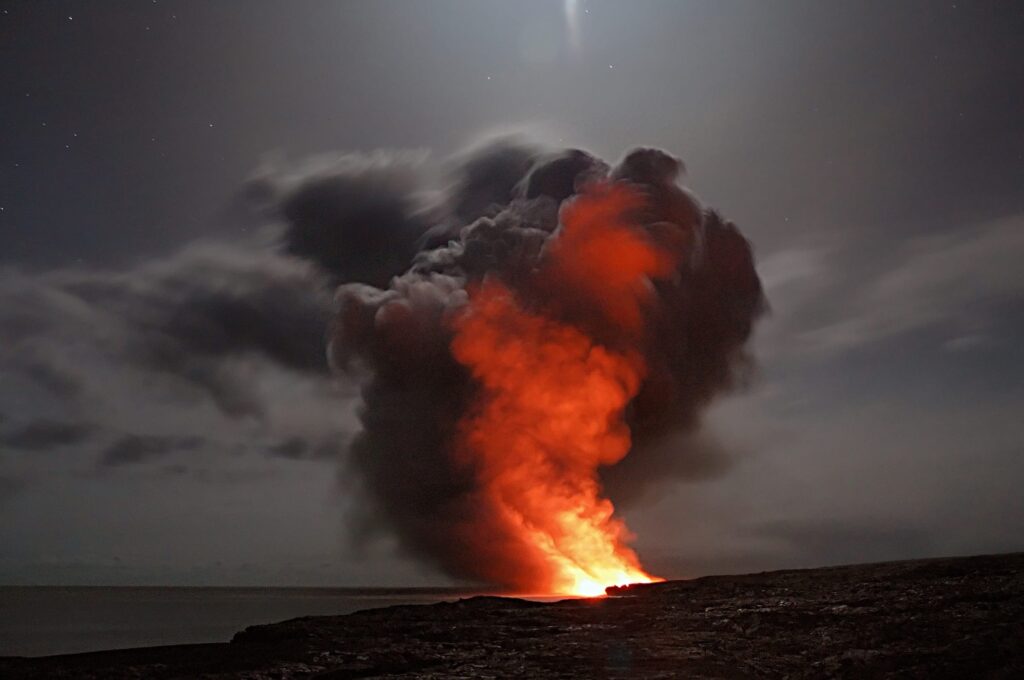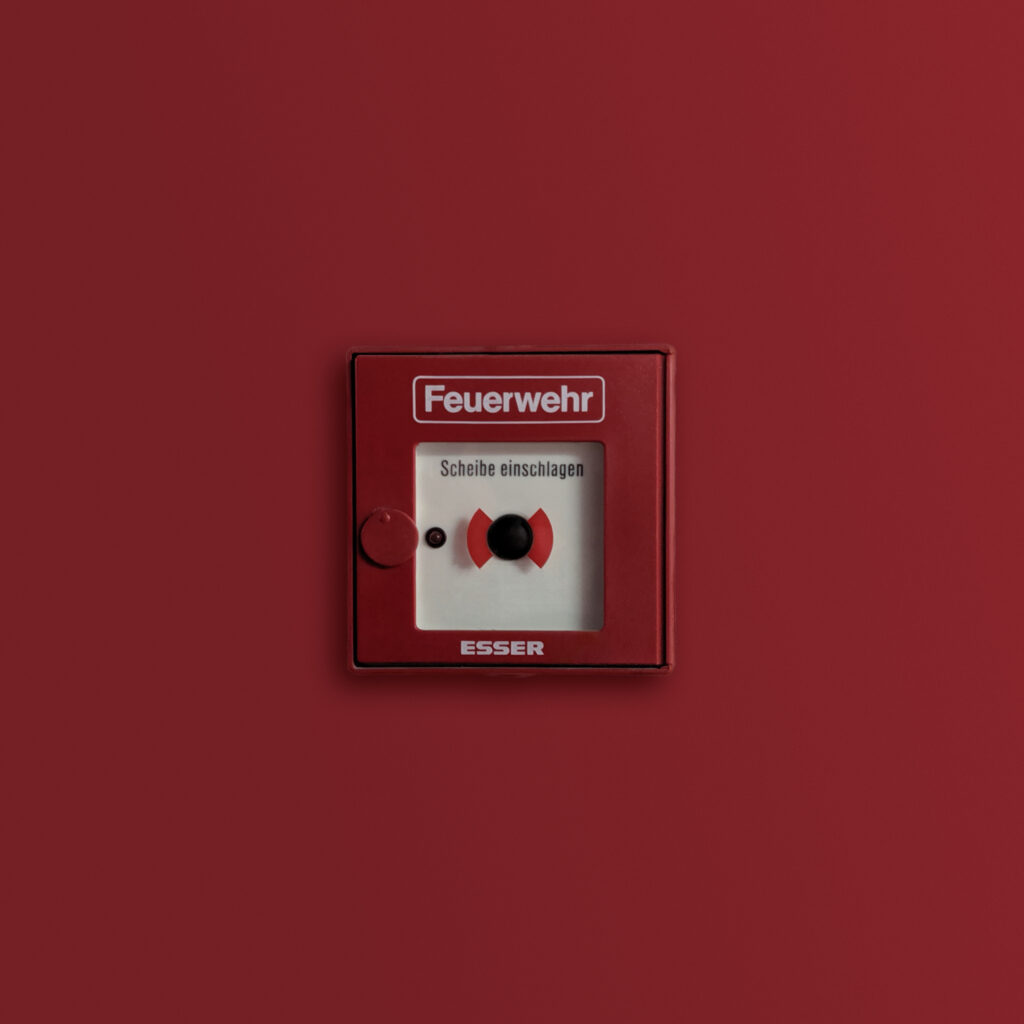If you’ve recently experienced a fire or smoke damage in your home, you might be wondering if a vacuum cleaner is a suitable tool for cleaning up the mess. Well, good news! Using a vacuum cleaner for post-fire or smoke cleanup can be an efficient and effective solution. In this article, we will explore the benefits of using a vacuum cleaner, important precautions to take, and some handy tips to ensure a thorough clean-up process. So, let’s dive in and discover how a trusty vacuum cleaner can help restore your home after a fire or smoke event.

Can a vacuum cleaner be used for cleaning up after fires and smoke damage?
Understanding the aftermath of fires and smoke damage
When a fire occurs, it leaves behind a trail of destruction that extends far beyond the flames themselves. Smoke damage is a common byproduct of fires, and it can have severe consequences for both the environment and the health of individuals. Understanding the aftermath of fires and smoke damage is crucial for effective cleanup and restoration.
The potential risks of using a vacuum cleaner
While a vacuum cleaner may seem like a convenient tool for cleaning up after fires and smoke damage, it is essential to be aware of the potential risks associated with this method. Fire damage to the vacuum cleaner and spreading fine particles and contaminants are just a few of the risks to consider. It is essential to assess these risks and take appropriate precautions before proceeding with vacuuming.
Choosing the right vacuum cleaner for fire and smoke cleanup
Selecting the right vacuum cleaner for fire and smoke cleanup is key to achieving efficient and effective results. There are several considerations to keep in mind when choosing a vacuum cleaner for this purpose. HEPA filtration systems, power and suction capabilities, and attachments for specialized cleaning tasks are all factors to consider when making your selection.
Safety precautions to consider before vacuuming
Before engaging in vacuuming after fires and smoke damage, it is crucial to prioritize safety precautions. Evaluating the structural integrity of the affected area, ensuring electrical safety measures, wearing proper personal protective equipment (PPE), and maintaining adequate ventilation and air circulation are essential steps to take before using a vacuum cleaner.
Preparing the area for vacuuming
To ensure a smooth and efficient vacuuming process, it is necessary to prepare the area adequately. This involves removing large debris and obstacles that may hinder the vacuum cleaner’s performance, securing loose materials and fragile objects to protect them from damage, and isolating the cleaning area to prevent further contamination.
Removing loose debris with a broom or brush
Before using a vacuum cleaner, it is often helpful to remove loose debris with a broom or brush. This initial step helps minimize the dispersal of fine particles and facilitates a more thorough cleaning process. Sweeping techniques that minimize particle dispersal, brushing delicate surfaces with soft bristle brushes, and using dustpans or dust brushes for smaller debris are all effective methods for removing loose debris.
Using a HEPA filter vacuum cleaner
When it comes to cleaning up after fires and smoke damage, using a vacuum cleaner with a HEPA filtration system is highly recommended. HEPA filters are designed to trap small particles and contaminants, ensuring more efficient and thorough cleaning. Understanding the effectiveness of HEPA filters, the benefits they provide for fire and smoke cleanup, and proper maintenance and filter replacement are crucial aspects of using a HEPA filter vacuum cleaner effectively.
Using attachments for specific cleaning tasks
Vacuum cleaners often come with a range of attachments and accessories that can enhance their cleaning capabilities. When cleaning up after fires and smoke damage, these attachments can be particularly useful for tackling specific cleaning tasks. Crevice tools for tight spaces and corners, upholstery and fabric attachments for textiles, brush attachments for scrubbing surfaces, and extension wands for reaching high or inaccessible areas are all attachments worth considering for effective cleanup.
Vacuuming different surfaces and materials
Fire and smoke damage can affect various surfaces and materials, each requiring different cleaning techniques. When using a vacuum cleaner for fire and smoke cleanup, it is essential to understand the best approach for vacuuming different surfaces and materials. Delicate surfaces may require lower suction or the use of specialized attachments, while more robust materials can tolerate higher suction settings.
Emptying and cleaning the vacuum cleaner
Once the cleanup process is complete, it is essential to properly empty and clean the vacuum cleaner. Safe disposal of collected debris to prevent recontamination, filter cleaning or replacement to maintain optimal performance, and thorough cleaning of the vacuum’s interior and exterior surfaces are all important steps for ensuring the longevity and effectiveness of the vacuum cleaner.
Understanding the aftermath of fires and smoke damage
Effects of fires and smoke on indoor environments
Fires and smoke can have significant effects on indoor environments. The heat from a fire can cause structural damage to buildings, while the smoke produced can leave behind a layer of soot and residue on surfaces and objects. The combustion of materials during a fire also releases toxic gases and particles into the air, which can linger long after the flames have been extinguished.
Types of debris and residues left behind
After fires and smoke damage, various types of debris and residues may be left behind. This includes soot, ash, charred materials, and potentially hazardous chemicals. These residues can be challenging to remove and may require specialized cleaning techniques to ensure thorough restoration.
Health hazards associated with fire and smoke remnants
The remnants of fires and smoke can pose significant health hazards. Soot particles and chemical residues can contaminate the air and settle on surfaces, potentially causing respiratory issues and skin irritation. Inhaling smoke and soot particles can also lead to long-term health problems, particularly for individuals with pre-existing respiratory conditions.
Importance of proper cleanup for restoration
Proper cleanup after fires and smoke damage is crucial for successful restoration. Leaving behind soot and residues can worsen the effects of the fire and smoke, making it more challenging to restore the affected area. A thorough and efficient cleanup process is essential to ensure the safety of the environment and the well-being of individuals who will be occupying the space.


